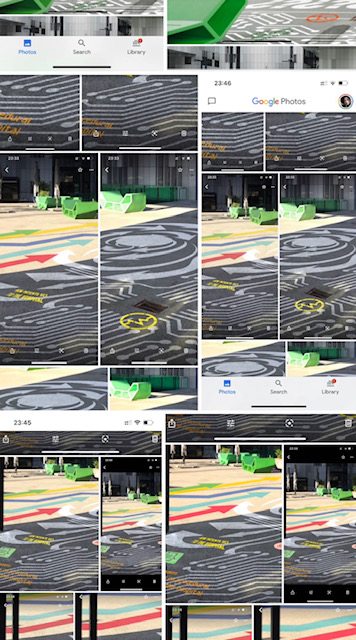Care and especially health care, particularly during the pandemic, has become a crucial issue for just about everyone. But even before pandemic, these were the main topics of family life. Most families are organized around the care for newborn babies, children and elderly relatives.
Health care is organized very differently in different countries.
But we would like to think about the common, core issues; and to organize a visualized discussion around them.
It is important that for this visual Assembly, the issues should be specific and practical. This is to say, rather than preparing the sort of material that might go into an academic report, we actually intend to frame specific problems that can be “solved” literally on the ground, by creating a public art project that visualizes the answer.
We will be planning how a specific “care unit” – hospital or clinic – might be organized and how it will relate to the larger community that depends on it. Since the length for the meeting is very limited – we only have 90 minutes for introductions, discussion and drawing – we figure we’ll have to keep this quite tight and disciplined. Therefore, it will be best if the agenda is already set, and the questions to be put to participants prepared in advance, then supplied to the facilitators. We think it might be easier, and better, to also propose a broad set of possible answers, to ensure that solutions can be found to be immediately implemented with the help of stencils and written words.
Here is the preliminary list of questions that David and I come up with. Obviously this is in no sense set in stone.
Please, edit it, add to it and change it.
1) how do the patients get to the hospital/care unit?
- by car (we draw a parking lot near the hospital) car park
- public transport
- patients won’t come to the hospital at all (at least if it’s at all possible to avoid).
This initial decision will affect the way space inside of the hospital is organized: e.g., more rooms for doctors (maybe with video equipment), less waiting rooms, beds, etc for patients, if CUs are to be kept to a minimum, games, entertainment rooms and social areas if they are to be places even more frequented than presently
2) how and when will contacts between care staff and patients be organized - only after the emergency patients come to be treated.
- There is a care plan in advance that every person, healthy and sick, must follow and be observed at home by a doctor on a schedule.
- Primarily through phone or electronic media unless personal visits are strictly necessary
3) patient categories - the sick– where in the Care Unit are they placed specifically when they come in for help? Rules for communicating with the Caregivers.
-healthy but observable– what do they have to do with Doctors? - what are the Rules of Communication ?
4) categories care and how they communicate with each other - at the moment there are three broad divisions of specialists who have separate institutional structures and little communication: medical doctors, mental health, and dentistry. Should these be maintained? Should there be different divisions? What should they be?
5) logistics of access to medicine and medicines
6) payment and participation in finance
7) who has access to health care
All of these open on larger questions, ranging from education and training, to migration, to research and development. This experiment obviously can’t cover everything – especially in 90 minutes! – so we figured we could take a relatively small imaginary community and begin the work of reconceptualization. Do you think these are the right questions? We very much value your imput and suggestions.
